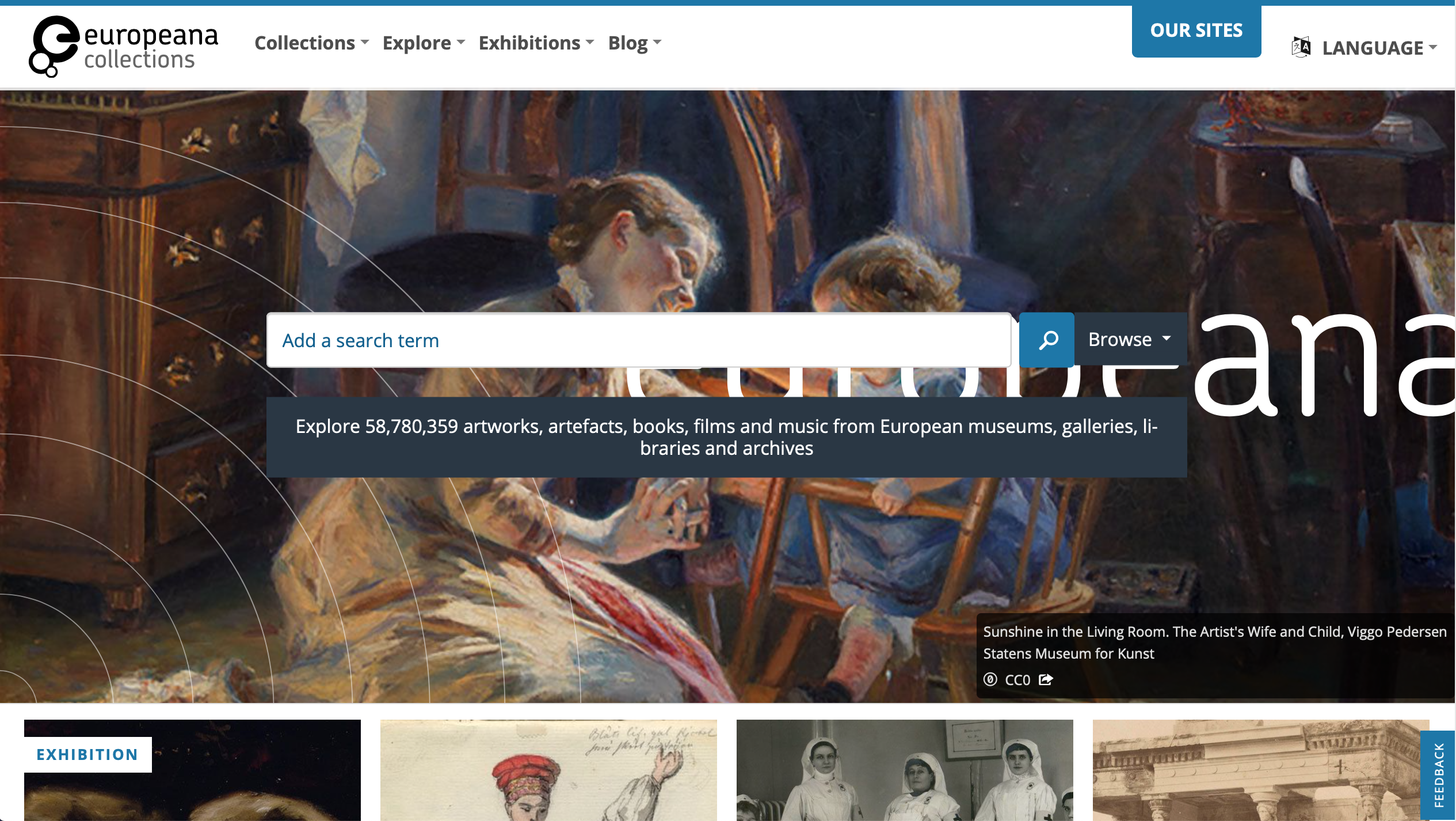How to do it & what can we learn from the data?
While contributing to this blog I have been spending the majority of my time working at Primephonic, a classical music streaming service. I was interested in joining the company because I wanted to know more about the relationship between heritage and the digital sphere, sometimes also referred to as ‘digitality’.
The more familiar academic and heritage concerns with digitality come from the digitisation process that has been ongoing for many years in some form or another. So while I had read about research and analysis of this process and the changes it brings, working at Primephonic was an opportunity to not only witness an attempt to bridge a form of heritage and a very current way of using technology, but also to contribute to this work. The question that I hoped shed light on that could be applicable to all forms of heritage, not only music, was what the influence of a digital platform or catalogue has on how users interact with a collection.
If an institution or company has the mission and goal of diversifying the search and consumption habits of their users, you have to be able to evaluate this.
How do you measure diversity, culture, and ‘search’?
Luckily for me, this topic lends itself to both the formal and informal professional knowledge networks that exist online. What better forum to discuss the relationship between technology and heritage than through digital means. A quick look at the hashtag #musetech gives a great overview of the work being done around the world to engage technology in the museum space (though certainly dominated by the English-speaking part).
Adam Moriarty- Do we still need a Museum ‘Collections Online’?
This talk given by Adam Moriarty, transcribed here on Medium, captures the crucial human element to the digitisation process. Digitisation is not an end in itself. Every institution’s digital journey should be motivated by their mission, or what Moriarty calls ‘mission fulfilment’. Auckland Museum, where Moriarty works, has as their mission and vision statement: ‘To enrich lives and inspire discoveries + connect through sharing stories of people, lands and seas’. The mission is not to get page views, so Auckland Museum shared their data with all the other institutions that had use for it, so that the chance of a user seeing the content was much higher – “We put our stuff to them”. You have to use as many platforms as possible to bring your ‘content’ online.
This approach perhaps doesn’t work as well for a for-profit company like Primephonic, but they’re still motivated by trying to bring a diverse range of classical music to as many people as possible.
How to measure success?
Primephonic as well as museum digital catalogues want to encourage both finding (searching) and exploring (browsing) behaviours. The way that a platform has been designed plays a crucial role, especially in combination with the diverse ways that people engage use a platform. In a digital magazine for Europeana, Jaap Kamps writes on ‘From Finding to Discovering: How to Empower Visitors and Creators‘.
His main argument is that the needs of users, in this case cultural heritage users, should have a stronger impact on the design of platforms and digital tools. He structures his analysis in 4 main slogans:
- Web ≠ Cultural Heritage
- Rage against the machine
- Embrace Complexity
- Art is all about interpretation
In summary, even though the ways that people can engage with a platform is hugely diverse, it is influenced by the design of the platform. Technology and metadata structures are not universal or neutral tools, they were designed with a purpose and they have to be redesigned to fit the purpose of cultural heritage users.
This belief can also be recognised from the side of those offering app- or platform-building services to the cultural heritage sector. A good translation of mission and purpose into the design of a tool is also crucial to satisfying business relationship. Calvium for example has worked with the National Trust and Historic Royal Palaces, and they emphasise that each institution has to decide what tool fits their needs best, whether it be an app or a different digital platform.
You’re Online, what next?
As both Moriarty and Kamps express, putting your collection on an online platform doesn’t mean the work is done. Bringing your collection online means constantly reassessing what steps can further support your institution’s mission, which is often to bring your content to more people and to encourage thinking about that content differently.
One of the original expressed benefits of digitisation was accessibility: both in terms of availability of content and the audience that is reached. The possibility of leveraging cultural data can be seen with some research done by one of my colleague’s at Primephonic, ‘Decomposing the Composer Landscape‘, by Henrique Boregio. It is not that this information did not exist elsewhere in the world, as the dataset used for this analysis was built using sources like IMSLP, Oxford Music, and Naxos, but that it had not been compiled into an easy to use format. While not accessible to the public at the moment, it is really interesting to think about the research possibilities.
Feature Image Credits: screenshot of the Europeana homepage, https://www.europeana.eu/portal/en
